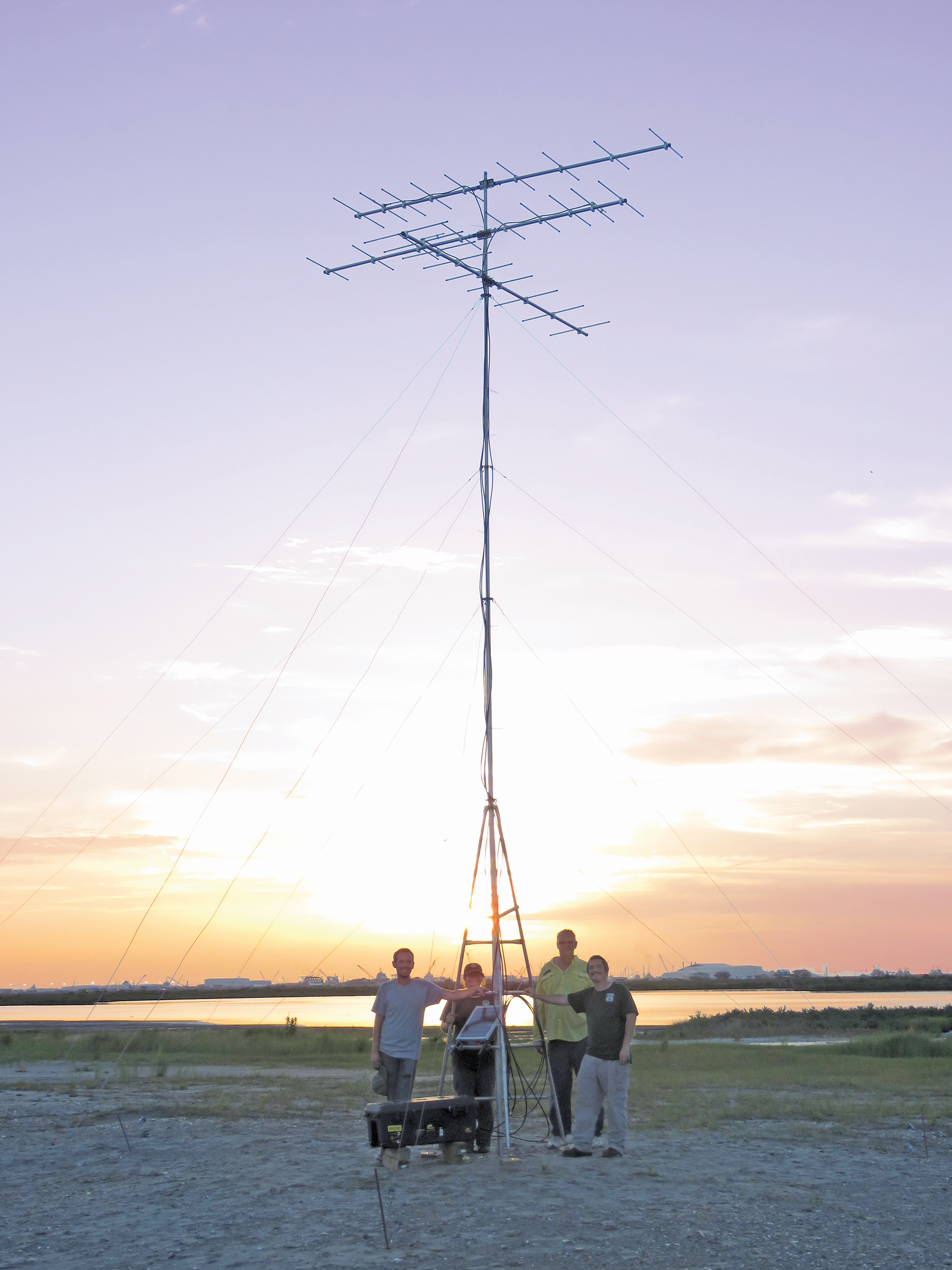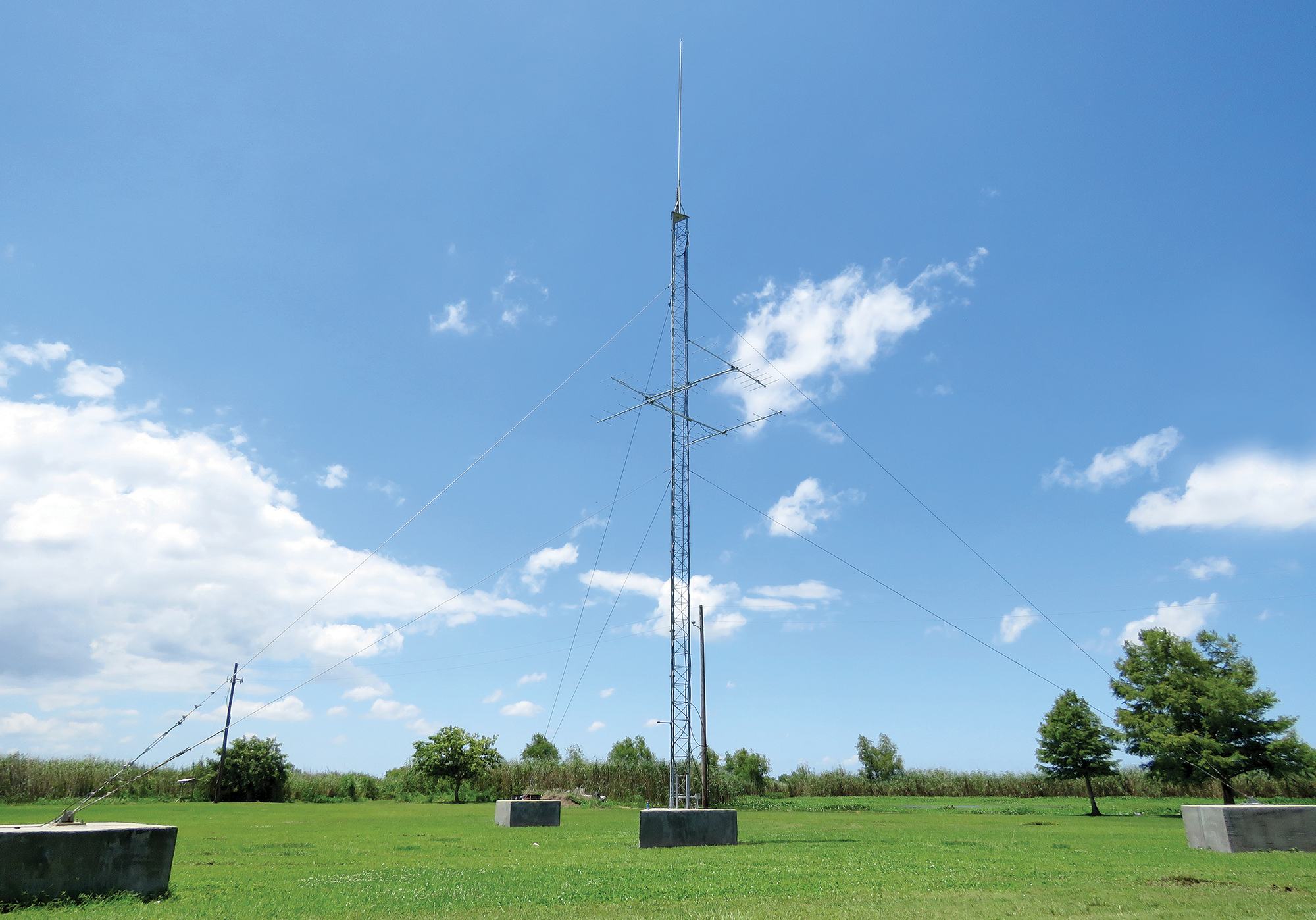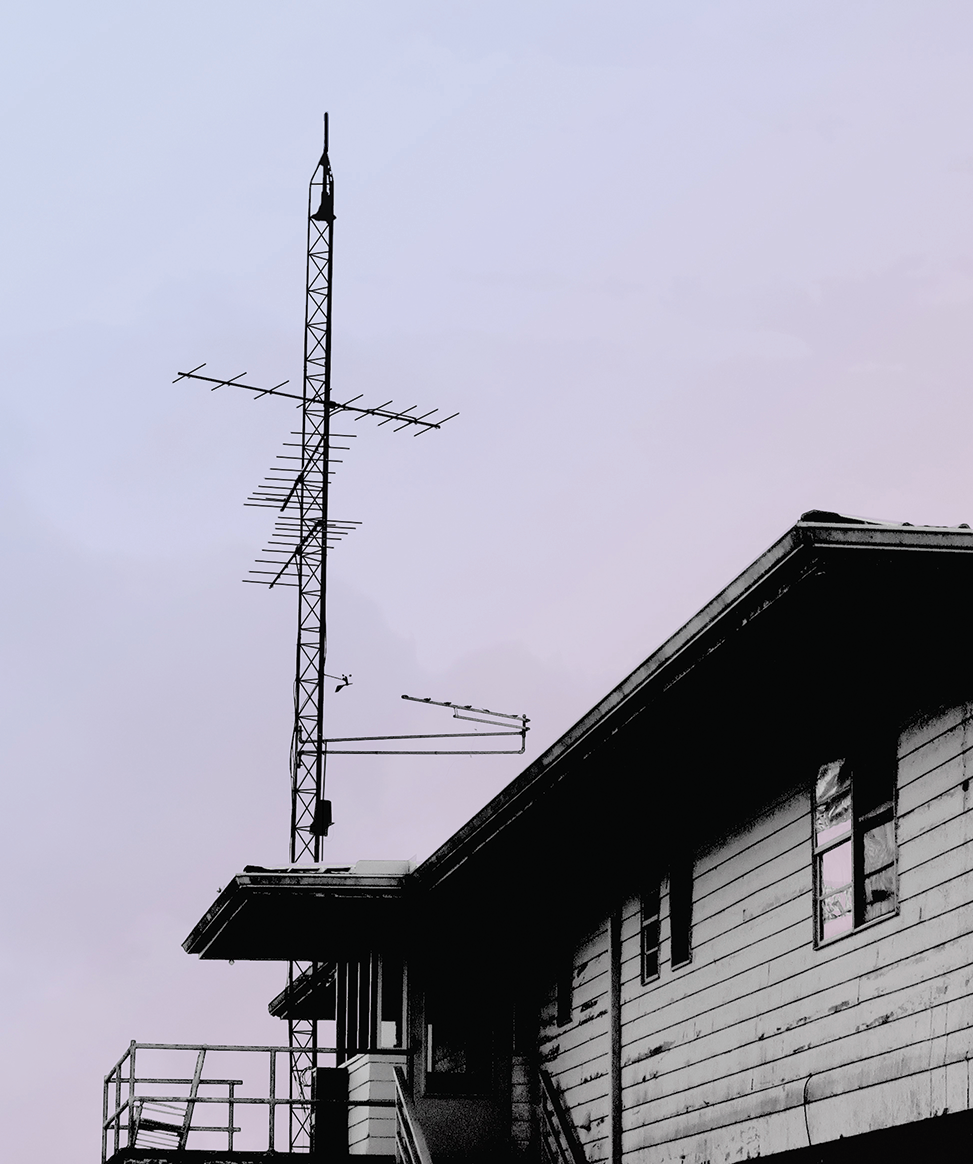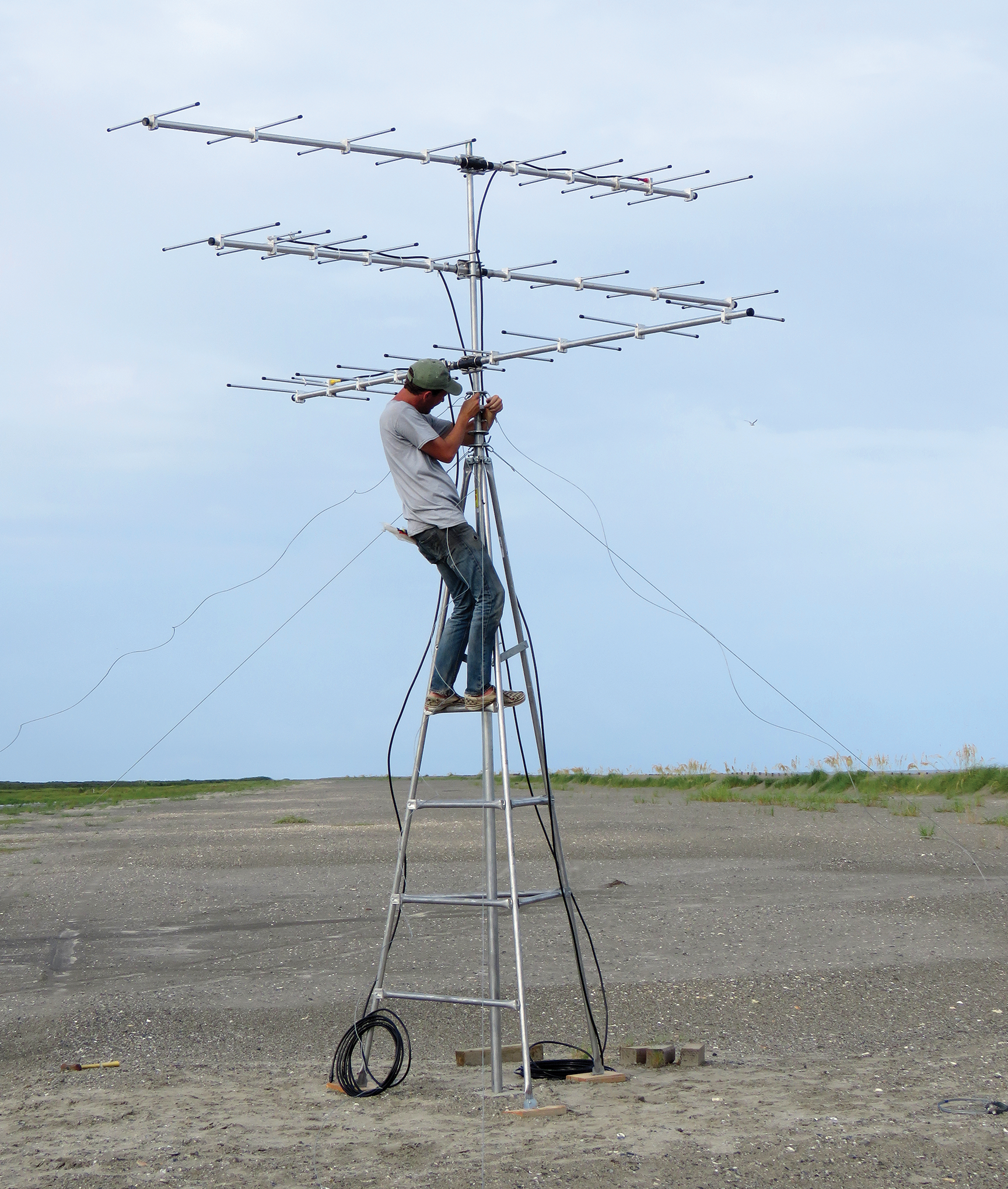Establishment of a Network of Passive, VHF Radio Telemetry Receiver Stations in Louisiana
Co-principle Investigators: Michael Seymour, Nongame Ornithologist, Louisiana Natural Heritage Program & Samuel Holcomb, Grants Coordinator, Louisiana Natural Heritage Program
Utilization of very high frequency (VHF) radio transmitters/telemetry first arose in the 1960’s when technology restricted use to large animals capable of the burden of heavy transmitters. With recent advances in the field, organisms as small as dragonflies may be tracked. A network of VHF radio telemetry receiver stations (the Motus network, Bird Studies Canada) is not yet well established in the USA. In eastern North America, a receiver station network extends (though not continuously) from the east coast of Canada and the Great Lakes region to northern Florida. Along the northern Gulf of Mexico, the network is even more fractured with approximately seventeen stations from Florida to the lower Texas coast. This network has proven invaluable – from tracking movements of federally‐listed Red Knots from coastal Canada to the Great Lakes region to monitoring migratory patterns of thrushes from Colombia to the Northern USA and Canada.
In order to better inform full life cycle conservation of birds and other wildlife, the Louisiana Wildlife and Fisheries Foundation, the Barataria-Terrebonne National Estuary Program, and the Louisiana Department of Wildlife and Fisheries have partnered to create a network of VHF receiver stations across the Louisiana coast and select inland sites; construction is expected to be completed by 2018. This network will address data gaps that currently hinder effective, on-the-ground management actions.
Objectives of the VHF Receiver Network project:
1) Develop and install coast‐wide network of at least 20 land based, VHF telemetry receiver stations that may be utilized by multiple researchers and partners and for multiple taxa
2) Develop and install network of at least 10 offshore platform based, VHF telemetry receiver stations that may be utilized by multiple researchers and partners and for multiple taxa
3) Instrument at least 25 individuals of a species or multiple species of Neotropical migrant landbird with nanotags
4) Instrument at least 25 individuals of a species or multiple species of waterbird with nanotags
5) Collaborate with at least one additional partner for non‐avian taxa (e.g., bats, insects, etc.)
As of August 2016, four receiver stations were active in coastal Louisiana at (1) the Grand Isle Marine Laboratory, (2) Pass-A-Loutre Wildlife Management Area, (3) Pointe-Aux-Chenes Wildlife Management Area, and (4) Port Fourchon, LA. Additional sites and partners have been identified, and we expect several new stations will be online within the next several months. The project is on track to be completed as scheduled.
Since installation in spring 2016, our Grand Isle receiver station collected more than 75 detections of 23 individual birds (17 threatened Red Knots, 1 Sanderling, 4 Gray-cheeked Thrushes, and 1 Swainson’s Thrush). The thrushes were nanotagged in Colombia and flew over






